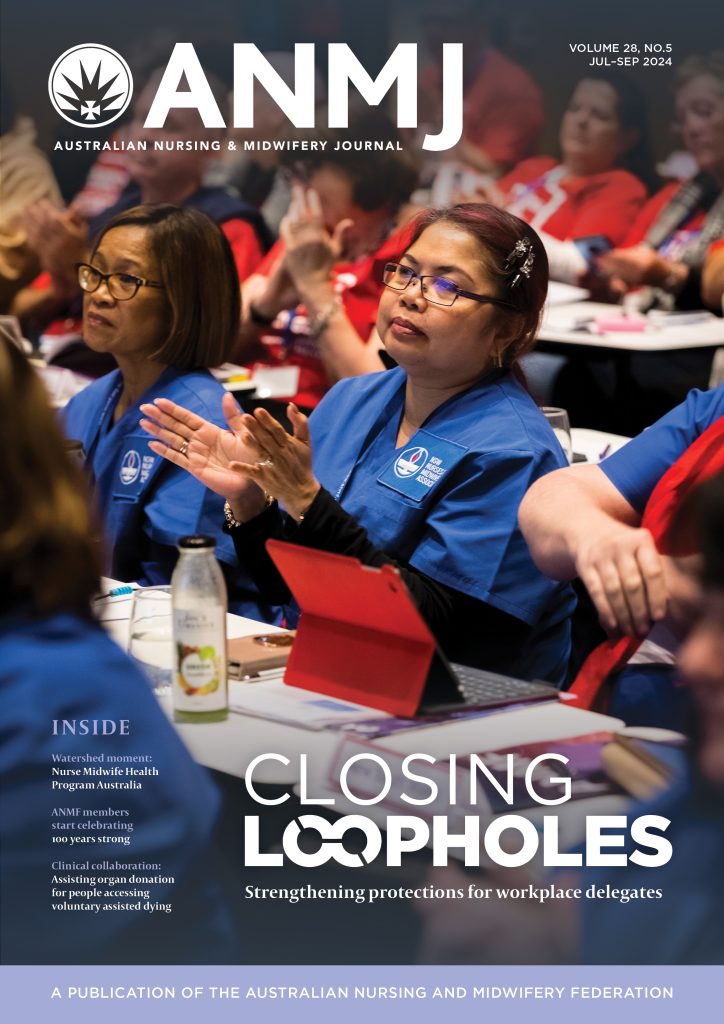Nurses working in nurse-led models of care undertake comprehensive assessment, provide timely person-centred care, opportunistic education and support, continuity of care and link patients to other health professionals and services.
Underpinned by advanced practice nursing care, innovative and cost-effective nurse-led models of care aim to improve access to healthcare and give people choice while also enhancing the patient’s experience.
Over four weeks ANMJ is delving into what nurse led-models of care are while featuring different models across Australia in a four part series.
This week we look at aged care nurse led models.
Over the past two years, Tasmanian Aged Care and Mental Health Nurse Practitioner Hazel Bucher worked in a shared care model alongside a GP across six residential aged care facilities, providing in-reach care and dealing with clinical issues.
Registered nurses would send emails about incidents and issues affecting residents and write down others in a book, such pain issues, likely infections or if residents needed a review.
“I’d go see the residents one day a week and the GP would go to the same nursing home a couple of days later,” Hazel says.
Hazel, who helped set up and then ran a nurse-led memory clinic in Hobart for people experiencing memory loss over the past eight years, says the focus of her work in RACF’s was on hospital prevention and trying to treat residents’ issues early before they escalated.
She says nurses are often the interface between people and healthcare.
Eventually, she assumed greater responsibility and took the reins at some of the smaller nursing homes and independently managed residents.
Previously, Hazel began an independent practice and built relationships with one RACF.
Based at this nursing home, Hazel was able to spend quality time with residents, identify issues and provide timely healthcare.
But communicating with a variety of doctors, who hold residents’ healthcare records offsite in their clinics, remained a barrier to providing holistic care.
“When I worked with a standalone GP it was an improved model. I had access to the patients’ records, and when treating an issue for a patient, say with cellulitis of their lower leg, I could learn more about their health status over weeks and maintain that regular contact. I was able to manage every part of their illness, such as their blood sugars being a bit high, and get on top of it.”
Hazel says the best thing about working in aged care was that it allowed her to make a difference in the lives of an often forgotten cohort.
She believes nurse-practitioner-led models in aged care, which typically involve an NP being employed at a nursing home or working alongside a GP, can improve care outcomes for residents and help mentor and upskill staff, especially carers, whom she considers undervalued.
While she supports shared models, she ultimately believes standalone nurse-practitioner-led models of care in the aged care sector would better meet the needs of vulnerable older Australians.
In Australia, nurse-practitioners are required to work in shared models, unlike in New Zealand, where aged care nurse practitioners can work independently and free of collaborative arrangements, and can sign death and cremation certificates.
“If we could work truly autonomously and as trusted professionals like the New Zealand nurse practitioners do, nursing itself would be so much more visible and effective. Patients and their families would really understand what nurses do and are capable of doing.”









